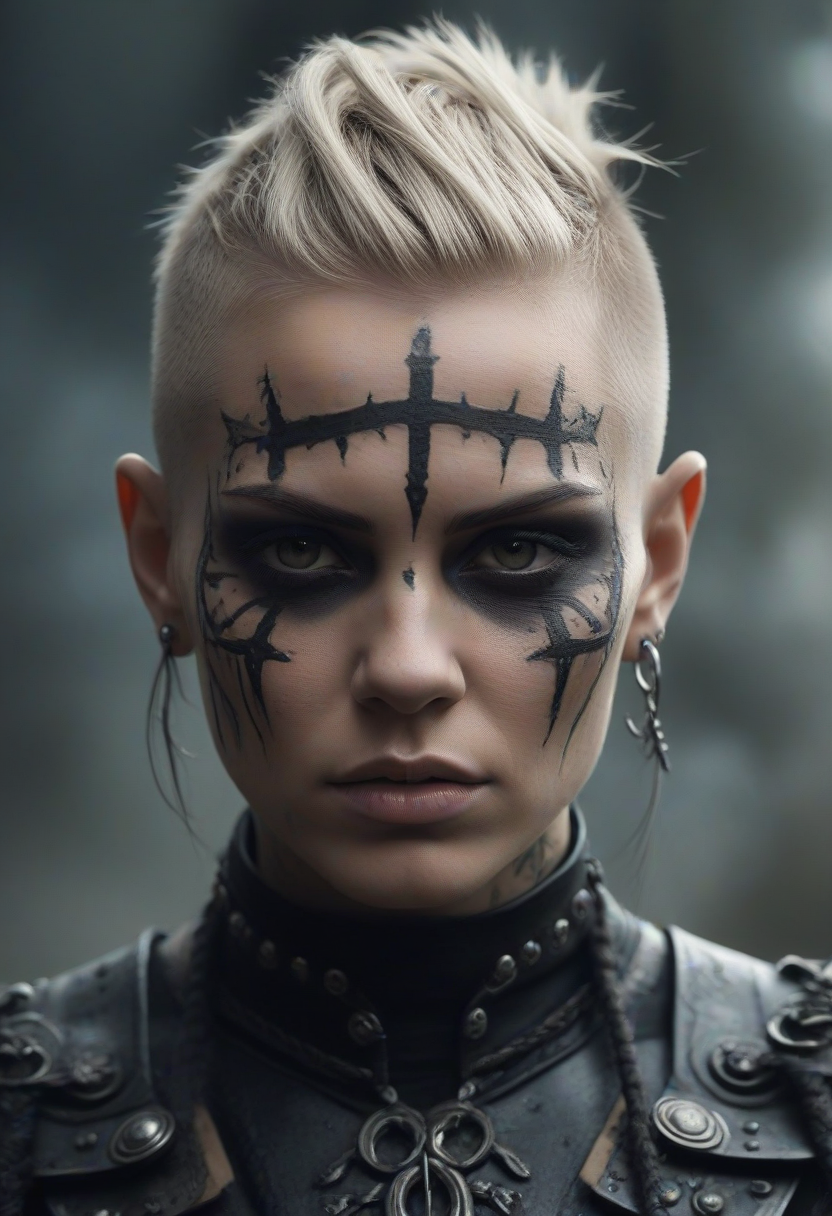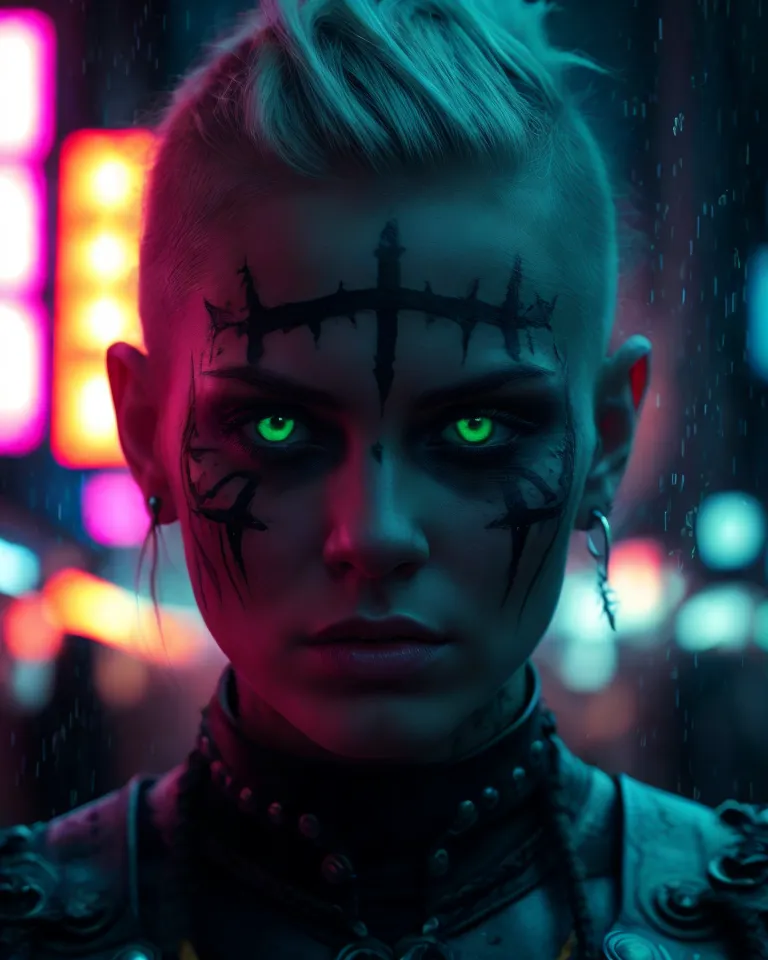IC-Light | AI Lighting Design | Relight Your Image
Try out the latest Stable Diffusion ComfyUI workflow with IC-Light here!
Introduction
Illuminating the Future: A Deep Dive into IC-Light
| Original Image | IC-Light Generated Image |
|---|---|
 |  |
In the ever-evolving world of computer vision and image manipulation, a groundbreaking project called IC-Light has emerged, promising to revolutionize the way we interact with and manipulate digital images. Developed by a team of skilled researchers and engineers, IC-Light stands for "Imposing Consistent Light" and aims to provide users with powerful tools to control and modify the illumination of images with unprecedented precision and ease.
Understanding IC-Light
At its core, IC-Light is a sophisticated deep learning model that leverages the power of artificial intelligence to analyze and manipulate the lighting conditions within an image. By training on vast datasets of images with varying illumination, the model has learned to understand the intricate interplay between light, shadows, and the objects within a scene.
The IC-Light project currently offers two distinct models: a text-conditioned relighting model and a background-conditioned model. Both models take foreground images as inputs and allow users to manipulate the lighting in creative and intuitive ways.
Text-Conditioned Relighting Model
The text-conditioned relighting model is a powerful tool that enables users to control the illumination of an image using natural language prompts. By providing a textual description of the desired lighting conditions, such as "warm atmosphere, bedroom lighting" or "sci-fi RGB glowing, studio lighting," users can guide the model to generate a relit version of the input image that matches their creative vision.
Under the hood, the text-conditioned model utilizes advanced natural language processing techniques to interpret and understand the user's prompts. It then translates these textual descriptions into a latent space representation that captures the essence of the desired lighting conditions. This latent representation is then used to guide the image manipulation process, ensuring that the relit output aligns with the user's intentions.
Background-Conditioned Model
The background-conditioned model takes a slightly different approach to image relighting. Instead of relying on textual prompts, this model uses the background of the image itself to infer the appropriate lighting conditions for the foreground elements.
By analyzing the colors, textures, and overall illumination of the background, the model can intelligently determine how the foreground objects should be lit to maintain a consistent and realistic appearance. This approach eliminates the need for careful prompting and allows users to achieve stunning results with minimal effort.
Technical Details
The IC-Light project is built upon a solid foundation of cutting-edge deep learning techniques and architectures. At the heart of the system lies a powerful generative model trained on a vast dataset of images with diverse lighting conditions.
The model employs a combination of convolutional neural networks (CNNs) and transformers to effectively capture and manipulate the spatial and contextual information within the images. CNNs are particularly well-suited for processing visual data, as they can learn hierarchical features and detect patterns at different scales. Transformers, on the other hand, excel at modeling long-range dependencies and capturing global context, making them ideal for understanding the overall lighting conditions of an image.
During the training process, the model learns to disentangle the intrinsic properties of the objects within an image from the extrinsic lighting conditions. By separating these two aspects, the model gains the ability to independently manipulate the illumination without altering the underlying content of the image.
To achieve realistic and consistent relighting, the IC-Light model employs advanced techniques such as neural rendering and differentiable rendering. Neural rendering allows the model to generate highly detailed and photorealistic images by leveraging the power of deep neural networks. Differentiable rendering, on the other hand, enables the model to optimize the lighting conditions by backpropagating gradients through the rendering process, ensuring that the relit output closely matches the desired target.
Getting Started with IC-Light
To start exploring the capabilities of IC-Light, users can easily clone the project's GitHub repository and follow the provided installation instructions. The repository includes detailed documentation and sample code to guide users through the process of setting up the necessary dependencies and running the relighting models.
The IC-Light project provides user-friendly interfaces through Gradio, a popular library for building interactive machine learning demos. Users can run the text-conditioned relighting model by executing the gradio_demo.py script, while the background-conditioned model can be accessed through the gradio_demo_bg.py script.
Model downloading is automated, ensuring a seamless experience for users. Additionally, the text-conditioned model has an official Hugging Face Space, providing an accessible platform for users to experiment with the technology without the need for local installation.
Conclusion
IC-Light represents a significant milestone in the field of image manipulation and relighting. By harnessing the power of deep learning and advanced computer vision techniques, this project empowers users to control and modify the illumination of images with unprecedented ease and flexibility.
Whether you are a professional photographer looking to enhance your images, a digital artist seeking new creative possibilities, or a researcher exploring the frontiers of computer vision, IC-Light offers a powerful toolset to bring your ideas to life.
As the project continues to evolve and expand, we can expect to see even more exciting developments and applications in the realm of image relighting. With IC-Light leading the way, the future of image manipulation looks brighter than ever before.